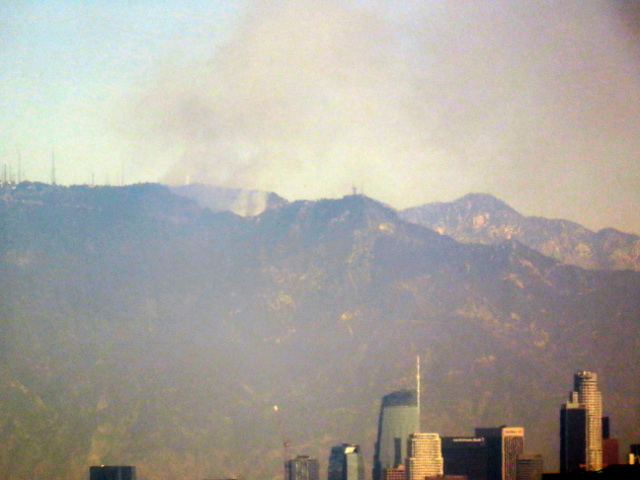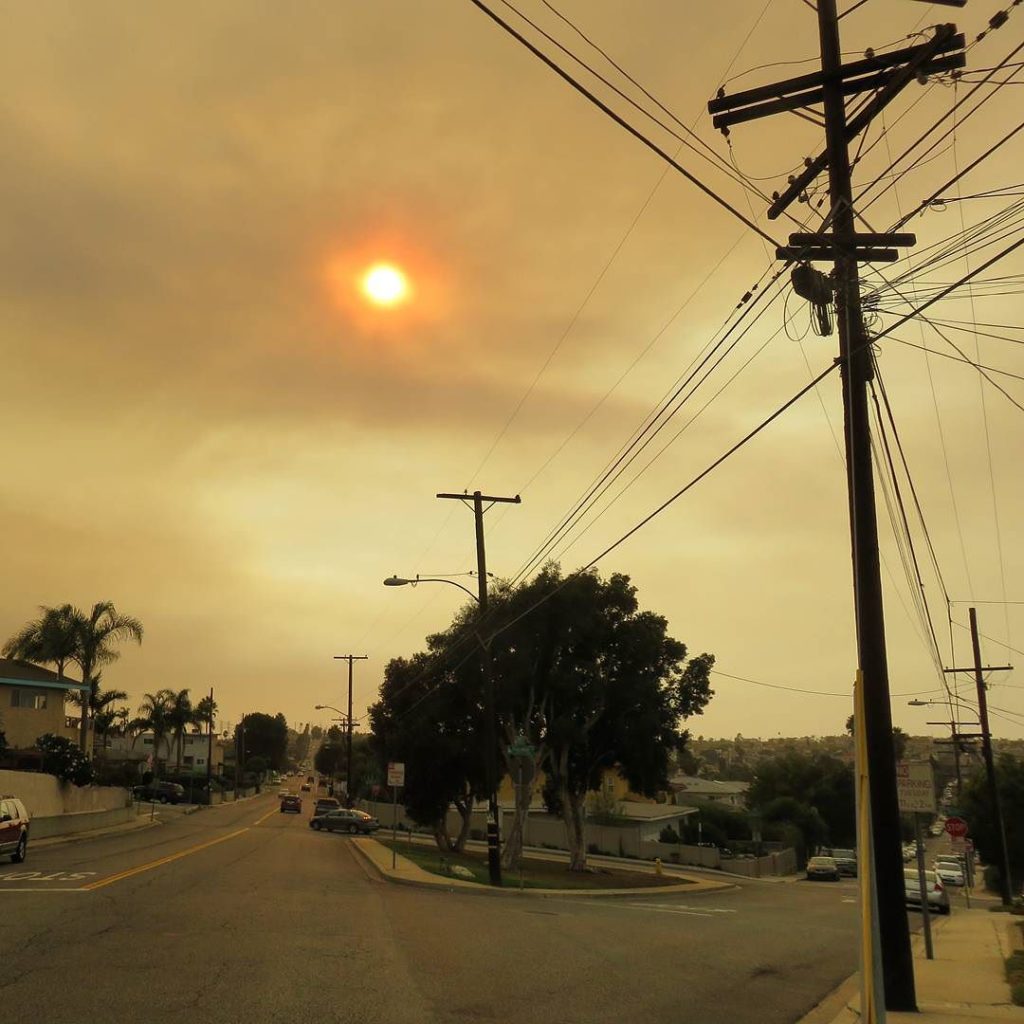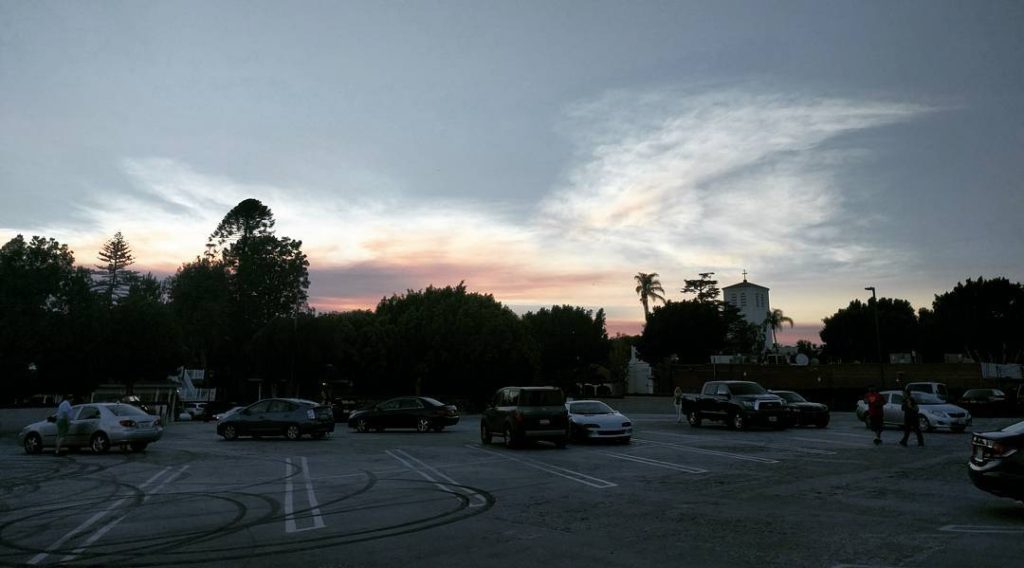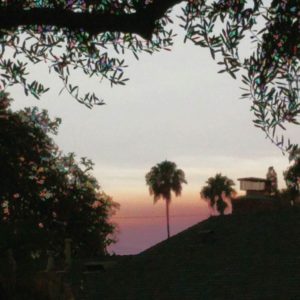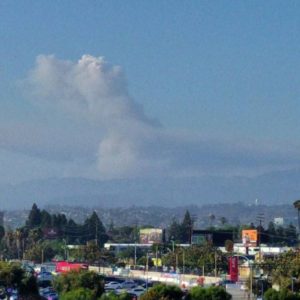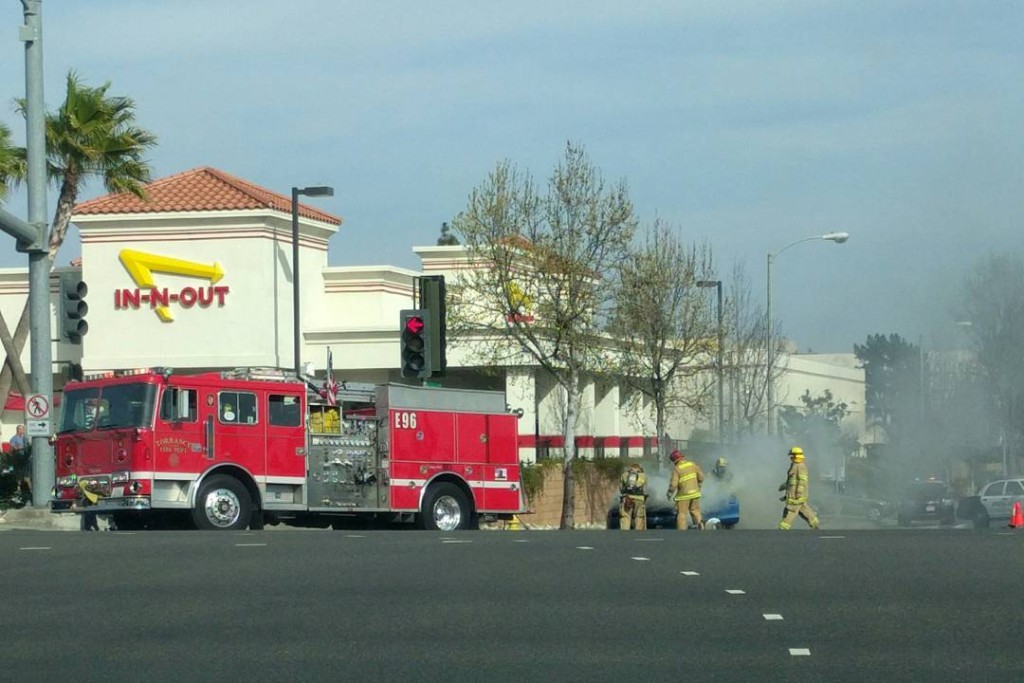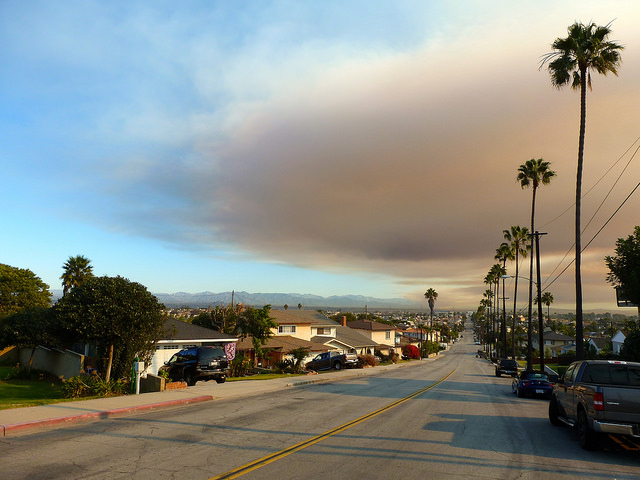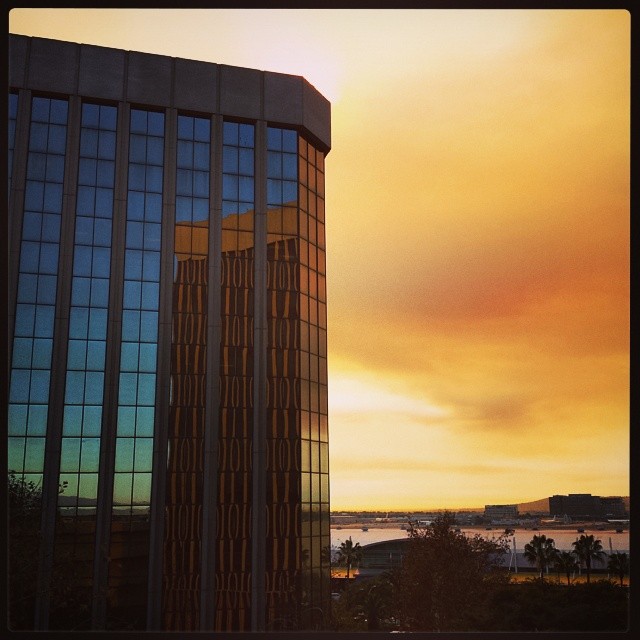Several local cities will send out SMS notices for emergencies and “avoid this area due to collision/police activity/etc.” All weekend they kept sending reports about an intersection being closed due to a “traffic collision” Saturday morning. One alert mentioned a vehicle had crashed into a building.
What all of the alerts failed to mention, and Katie discovered as she walked past it today, is that it set the building on fire and completely gutted it!
I mean, maybe mention “traffic collision and out of control structure fire” next time. Or “closed for fire investigation” for the second day. I mean, talk about burying the lede!
According to the news, it happened around midnight Friday night/Saturday morning. The driver lost control and crashed into the bank. Police nearby heard the crash and pulled both the driver and passenger from the car before it caught fire, and they only sustained minor injuries.
Update: The site sat empty for most of 2020 (*ahem* covid), but by 2021 they had started construction on a new building completed in 2022. I’m still amazed that it happened at a time of day and in a way that no one was seriously hurt or killed.
![[Looking up at a log ride against clouds of brownish smoke.]](https://hyperborea.org/journal/wp-content/uploads/2018/08/log-ride-apocalypse.jpg)
![[Looking up at a Ferris Wheel against clouds of yellowish-brown smoke.]](https://hyperborea.org/journal/wp-content/uploads/2018/08/ferris-wheel-smoke.jpg)
![[Crowds at the fair, and rides, with smoke above and some blue sky in the distance.]](https://hyperborea.org/journal/wp-content/uploads/2018/08/fair-and-smoke.jpg)
![[Food stand selling fried...everything.]](https://hyperborea.org/journal/wp-content/uploads/2018/08/fried-everything.jpg)
![[Night view: Mostly black, with an orange line silhouetting the edge of a mountain.]](https://hyperborea.org/journal/wp-content/uploads/2018/08/fire-on-the-mountain.jpg)
